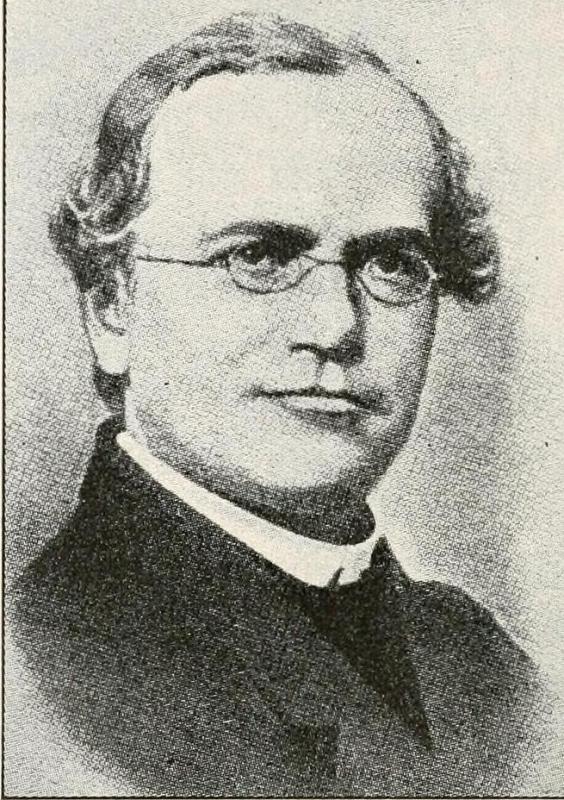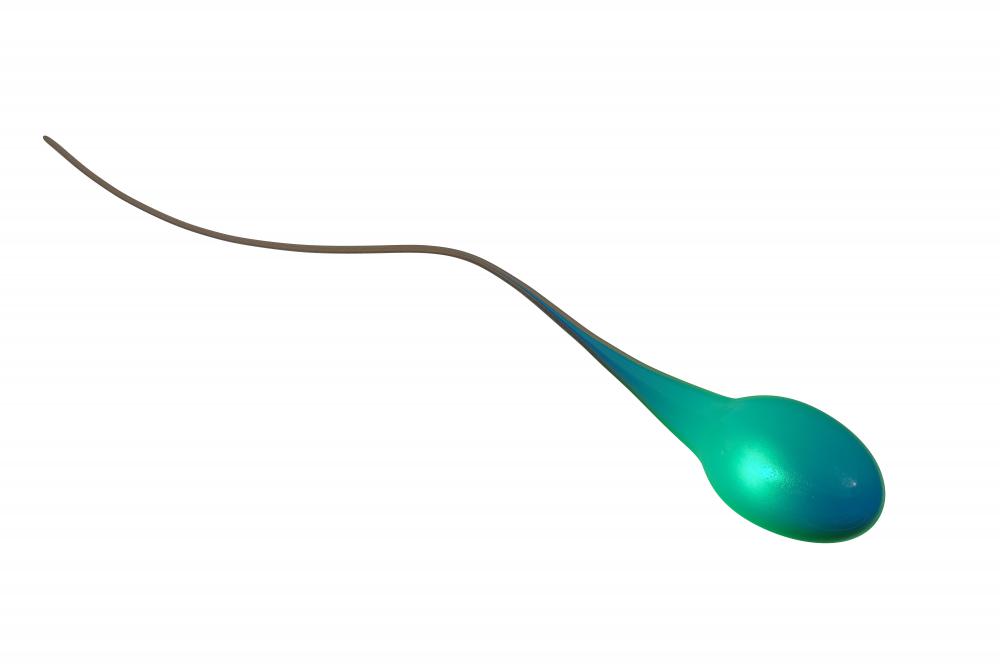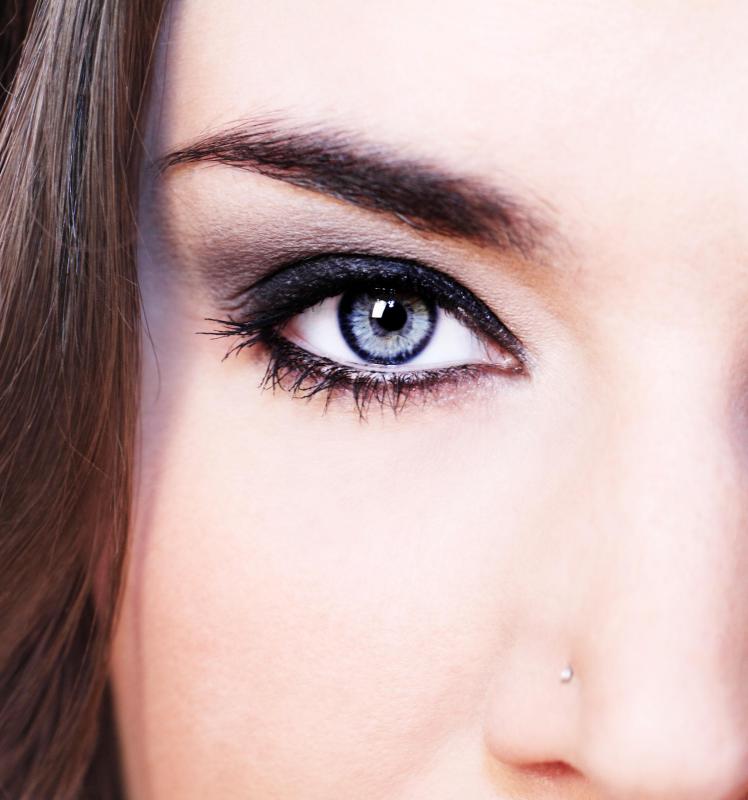At TheHealthBoard, we're committed to delivering accurate, trustworthy information. Our expert-authored content is rigorously fact-checked and sourced from credible authorities. Discover how we uphold the highest standards in providing you with reliable knowledge.
What is a Dominant Trait?
A dominant trait is a genetic trait which will manifest when only one copy of the gene is present, overriding another inherited gene coding for a different version of the trait. By contrast, a recessive trait will only appear if an organism inherits a copy of the gene from both parents. Otherwise, the recessive will remain inactive and the dominant trait will take over. The idea of recessive and dominant traits was publicized by Gregor Mendel, who performed research with peas in the 19th century to get a better understanding of genetic inheritance.
The process of reproduction starts with the generation of egg and sperm cells. These cells are haploid, meaning that they contain half of the genetic material needed to code for the organism. When egg and sperm cells merge, they create a diploid cell with all of the necessary genetic material, and the cell begins to grow and divide, eventually turning into a baby. This genetic material is divided into chromosomes, with individual traits being determined by the genes at specific locations on the chromosome known as alleles.

When someone inherits both a dominant and recessive allele, the recessive gene essentially stays off, allowing the dominant gene to take over. For example, if a child inherits genes for brown and blue eyes, the blue gene will remain dormant, ensuring that the child's eyes are brown. This makes brown eyes dominant. Thanks to Gregor Mendel's shorthand, many people use capital and lower case letters to distinguish between dominant and recessive traits, like this: B/b, for brown/blue eyes.

In some cases, people inherit two copies of the same allele, making them homozygous for that particular trait. People can also be heterozygous, with two different alleles for a particular gene. When someone is homozygous for a trait, that trait will manifest whether it is dominant or recessive, because there is no other genetic material to compete with it. When someone is heterozygous for a trait, the difference between dominant and recessive traits becomes more important, because the dominant trait is the one which will manifest.

In a simple example of the way in which dominant traits work, someone could have two parents who are heterozygous for brown and blue eyes. There is a 25% chance that the child will inherit the bb allele, making him or her blue-eyed. There is a 50% chance that the child will inherit a B from one parent, and a b from the other, making the child brown-eyed, with the ability to pass blue eyes on to his or her child. Finally, the child could inherit a B from both parents, making the child homozygous for brown eyes.

Given that more colors than brown and blue for eyes exist, it should come as no surprise to learn that eye color is actually determined by genes at several alleles which interact with each other to create colors like green, gray, and hazel in addition to brown and blue.
AS FEATURED ON:
AS FEATURED ON:















Discussion Comments
What if both parents are left handed and their offspring is right handed?
Well, my father and I have brown eyes and my biological mother and brother have blue. My family is a mix of blues and browns. Weird.
So I'm 13 and my parents both have green eyes, but I'm not sure about our grandparents. I am one of seven children and all of us have green eyes except my little brother has blue eyes. Does this mean my parents both passed on the recessive gene to us (homozygous)and no dominant gene was passed on whatsoever, since green and blue eyes are recessive traits? Oh, and what if you have dark blue eyes; is that recessive or dominant?
I have heard people say, "That can't possibly be my child. He/she doesn't even have the same color eyes as me or his/her mom!" A lot of people do not understand genetics and how a recessive gene can come down from a grandparent and the child could have totally different eye color than their parents.
This is interesting. My parents have brown and blue eyes. My eyes are green and my sister's are brown. My husband has brown eyes and mine, of course, are green. Both of our sons have brown eyes. It will be interesting to see if my sons retain the allele for green eyes and pass them on to their children or even have held on to the blue from my mom and pass blue eyes on. Of course, it will also depend on who they marry.
It's interesting - in my family, both my parents have blue eyes. Of their four children, three have blue eyes and one has hazel/green eyes. Both my parents families had hazel-eyed people in them, so the genes are obviously there, but I've never understood what the chances are that it would show up.
Post your comments